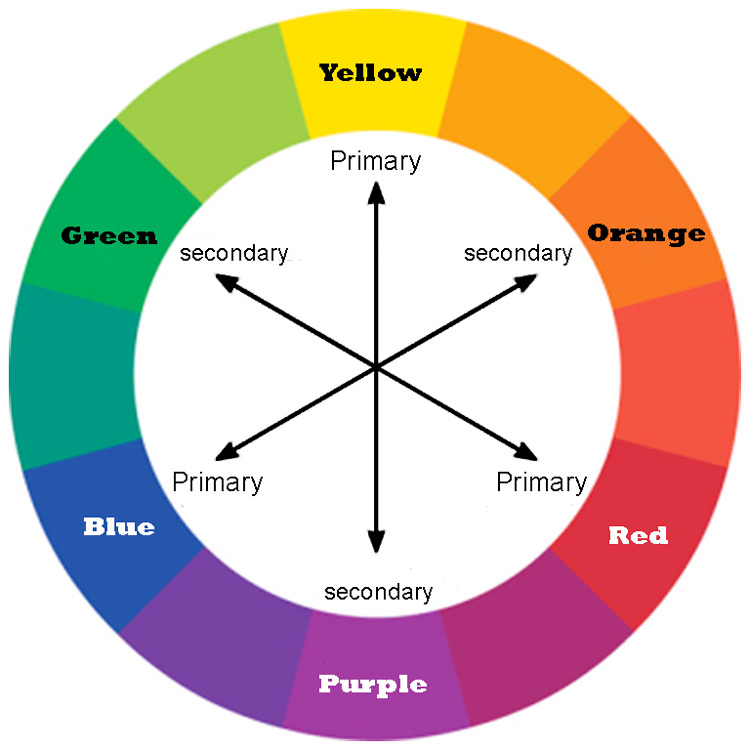A year or so ago a local TD who is awesome started using only white paint to mark OB lines and such, because he was made aware that red paint on green grass is invisible to players who have red-green color blindness.
This got me thinking of other things in disc golf which are coded to red and green, and how to improve accessibility for people who cannot (or cannot easily and quickly) distinguish the two. Red and green spotter flags, for example, would likely look the same. Would silk-screen printing some kind of icon onto the flags make them more usable? One idea could be a bold check mark on an in-bounds one, and an X on an out-of-bounds one.
How else could spotter flags be improved in this regard? Are there other icons which would work better and communicate the idea unequivocally and without using text?
What else in the game is coded red and green and could use improvement?

